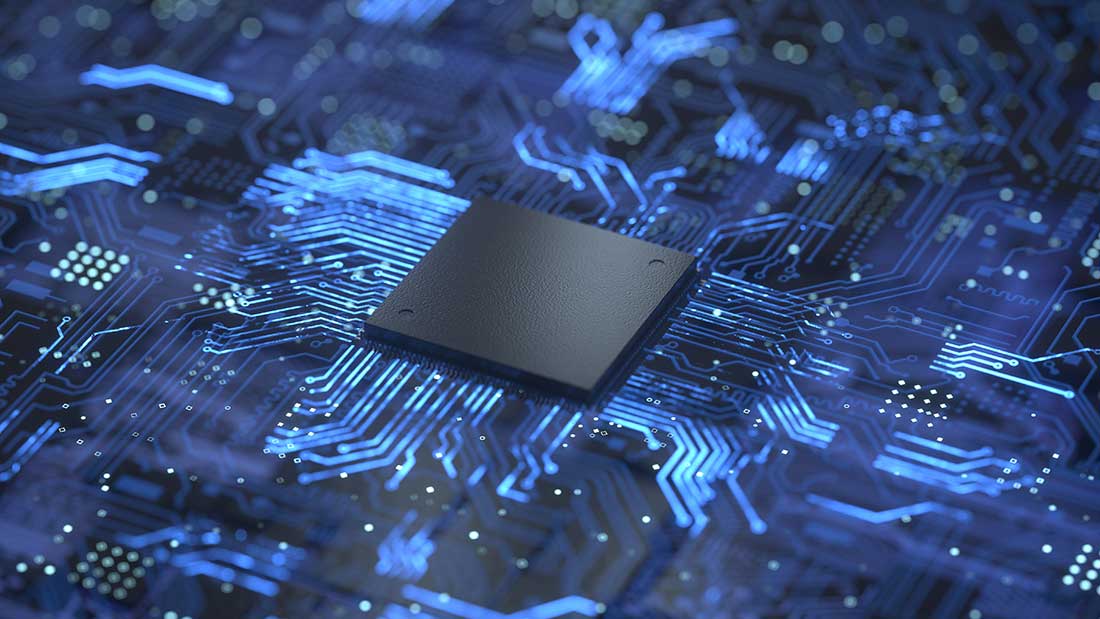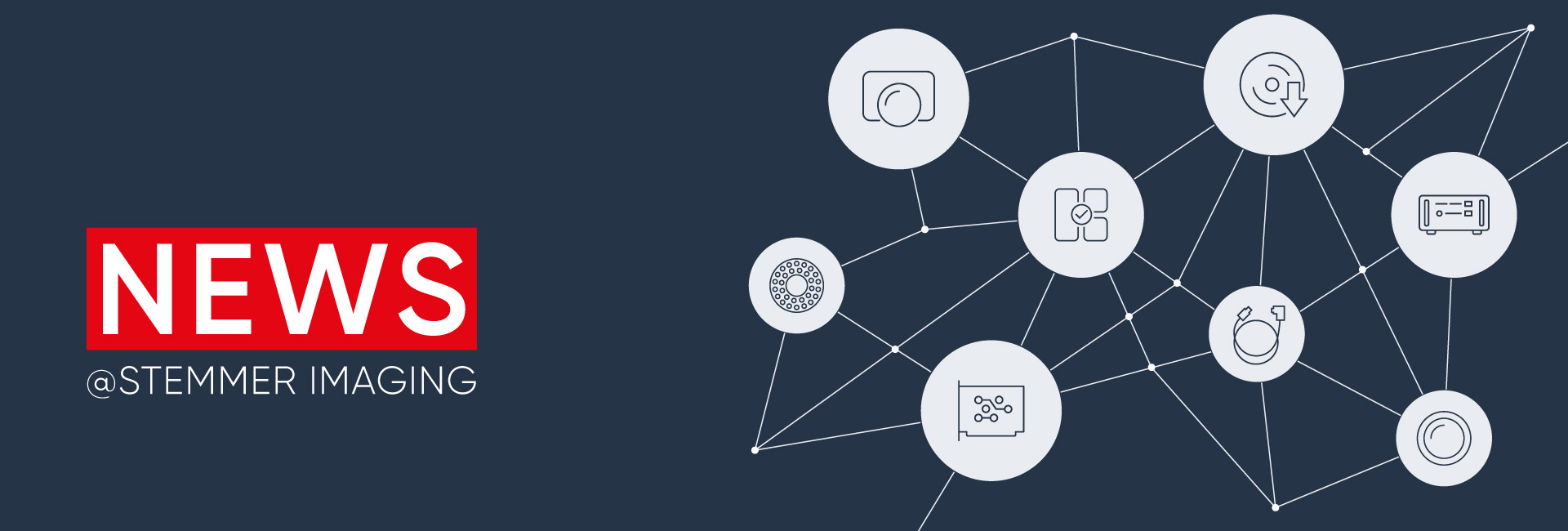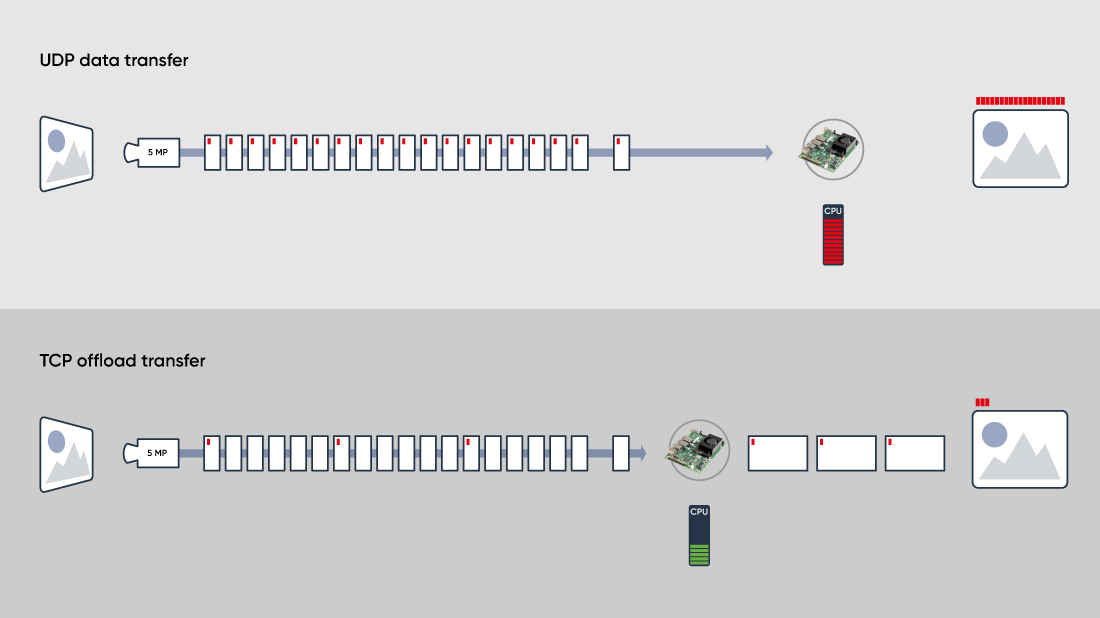


STEMMER IMAGING Modular Embedded: More speed thanks to TCP offload



Can you briefly describe TCP offload?
TCP offload means that TCP network packets are unpacked from the network card and assembled into larger segments.
This task is usually done by the CPU but can be done to a large extent on hardware with modern network set-ups. Another common term for TCP offload is Receive Segment Coalescing (RSC).








What is special about TCP Offload in STEMMER IMAGING Modular Embedded?
Our TCP offload implementation is designed as a GigE Vision standard extension and not a proprietary solution. We have implemented this design together with Allied Vision.
Can TCP offload be applied to other vision systems?
TCP offload technology works independently of the platform (embedded or not) and therefore is available on all vision systems. However, on Windows systems, a firewall usually prevents efficient implementation in user space.




STEMMER IMAGING Modular Embedded
With STEMMER IMAGING Modular Embedded, you have a future-proof hardware, software and service toolbox at your fingertips, helping you realise sophisticated machine vision solutions for the widest range of applications quickly and without major development effort. Find out more about our new out-of-the-box embedded solution.



